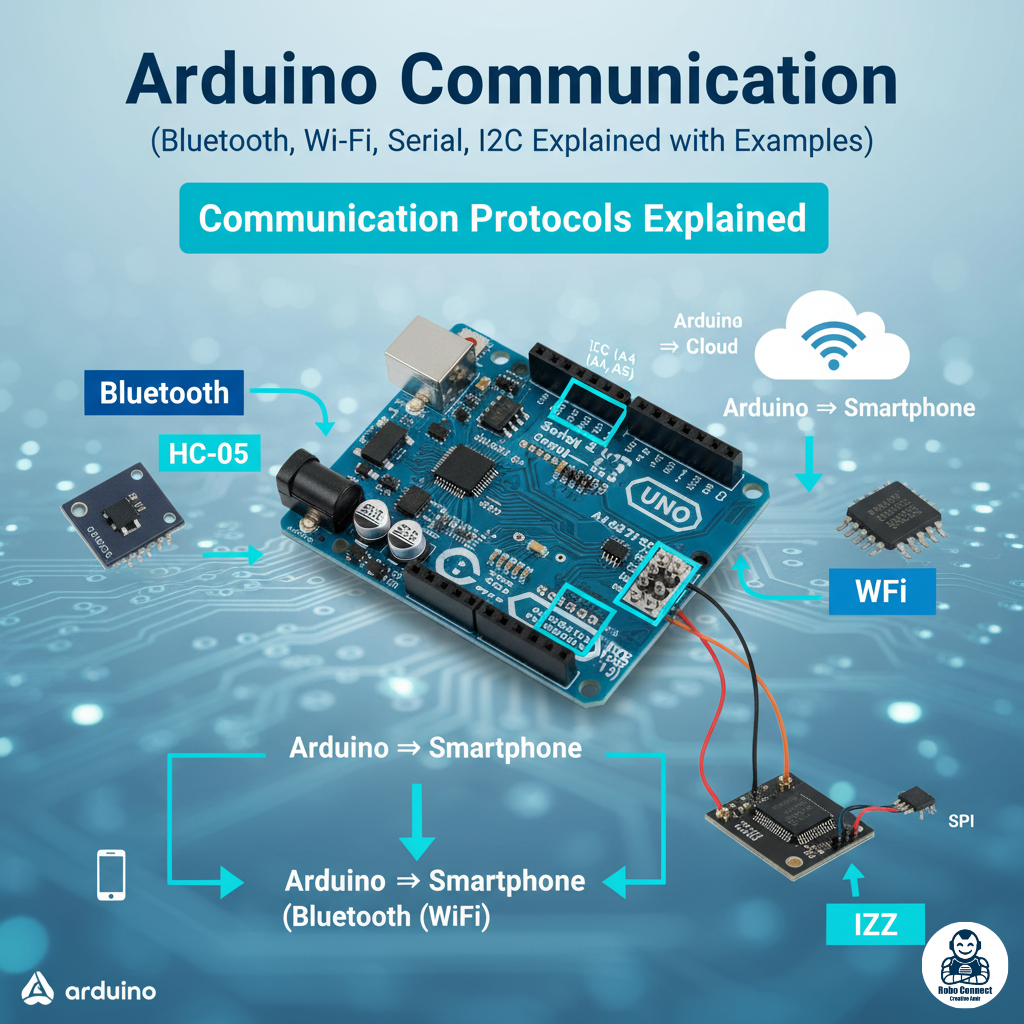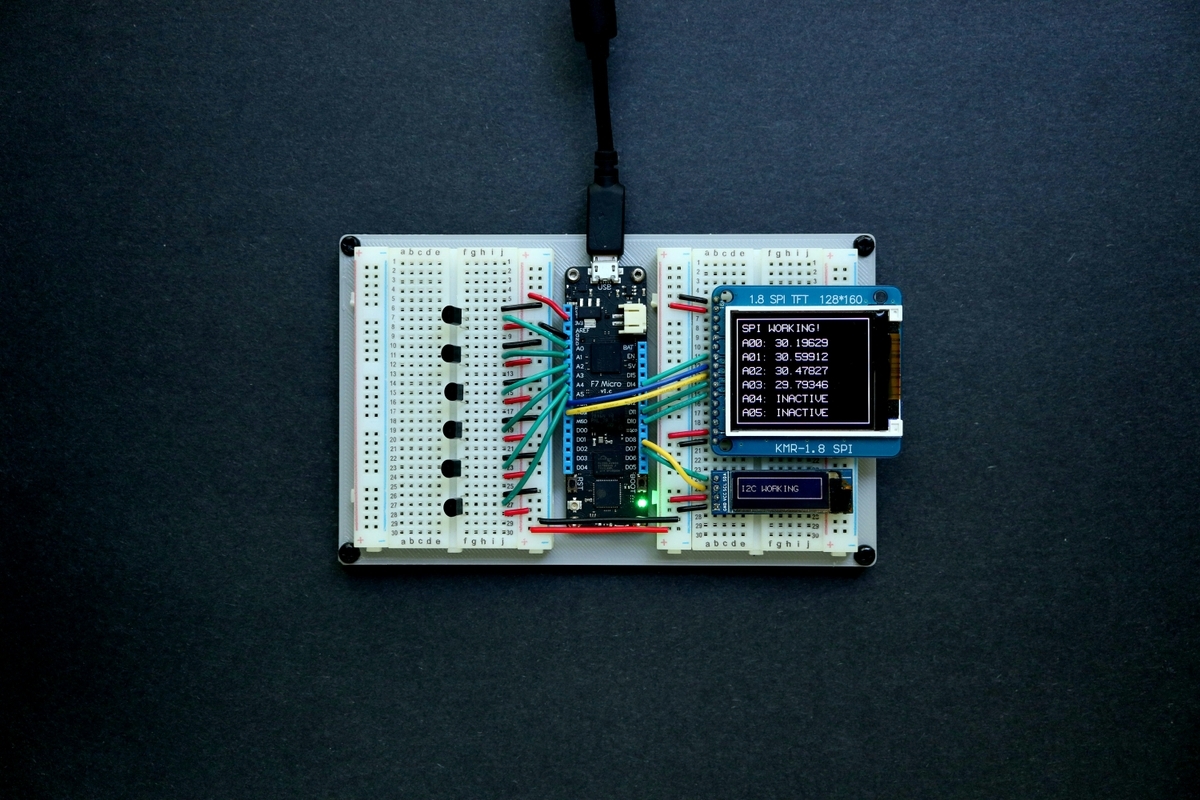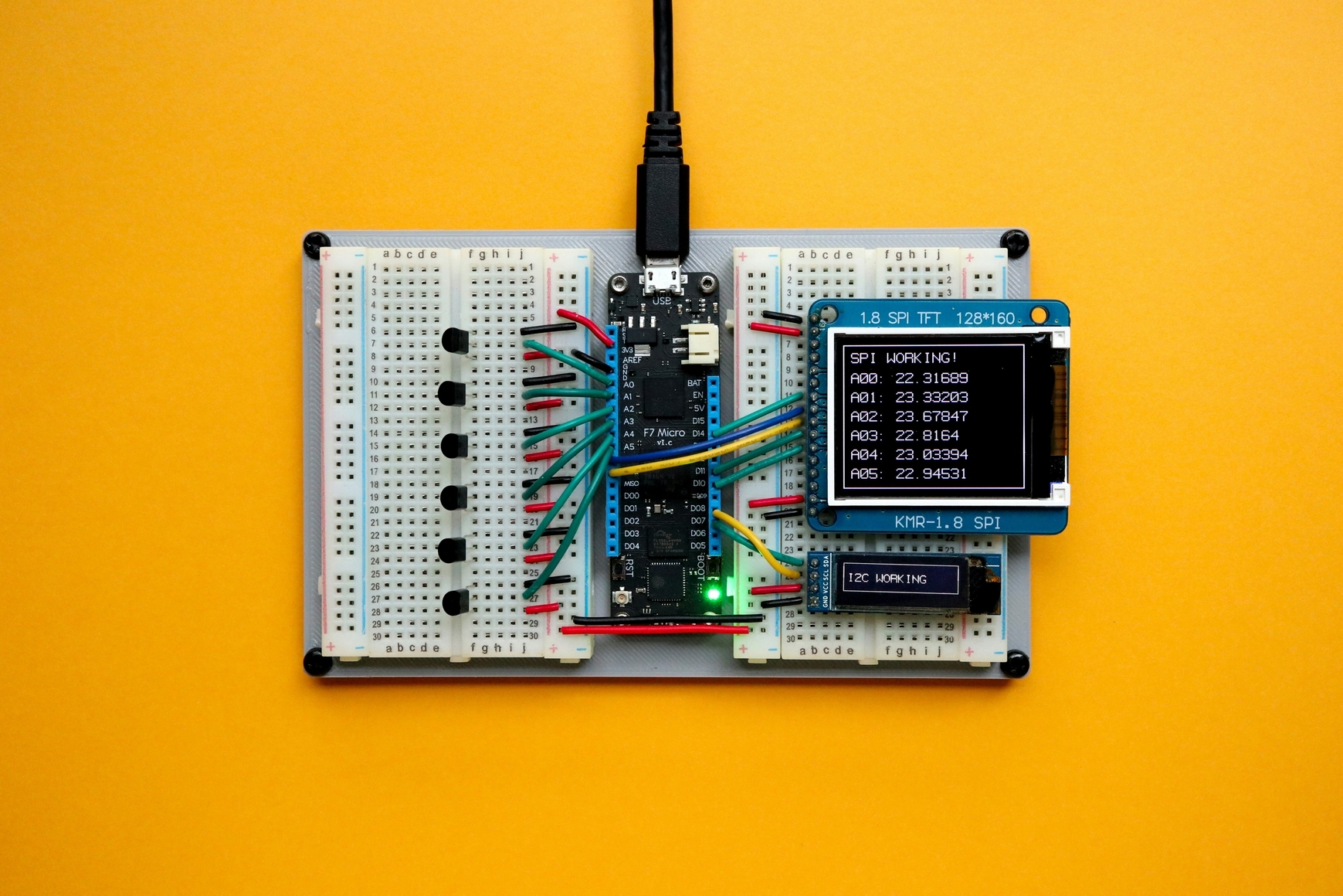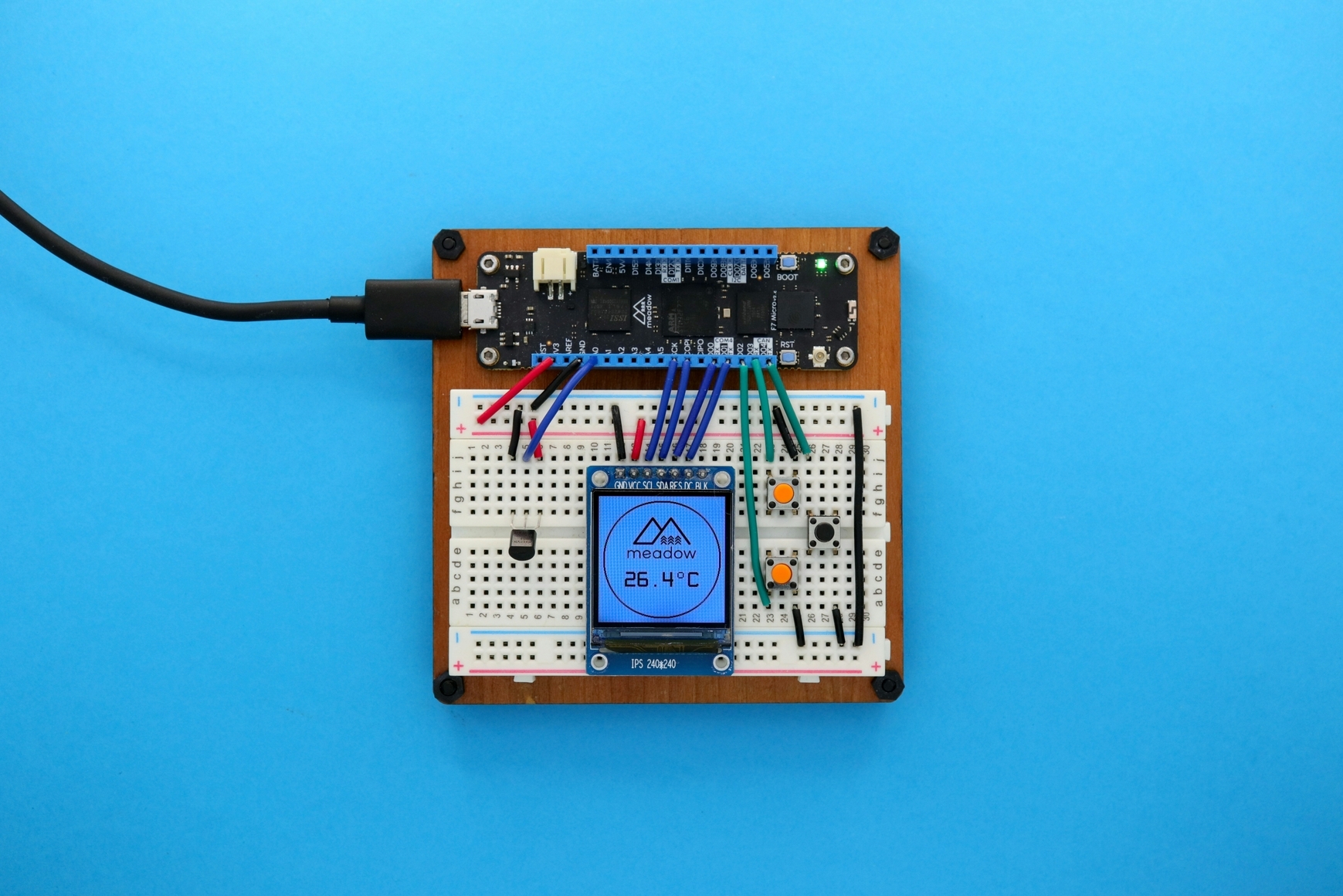Introduction
Arduino gets super powerful once it can communicate with other devices: your laptop, smartphone, sensors, or even the internet. This is how projects move from simple circuits into real-world smart systems.
In this guide, we’ll explain the five most common communication methods:
- Serial (USB/Serial Monitor)
- Bluetooth (HC‑05 modules)
- Wi‑Fi (ESP8266/ESP32)
- I2C (sensors, LCDs, multiple modules on same 2 wires)
- SPI (fast data transfer with SD cards, displays, etc.)
Each includes a wiring note + copy‑paste Arduino example.
- Serial Communication (UART)
The simplest! Arduino talks over USB cable with your PC using Serial Monitor.
Code (Echo Example):
C++
void setup() {
Serial.begin(9600);
}
void loop() {
if (Serial.available() > 0) {
char data = Serial.read();
Serial.print(“You typed: “);
Serial.println(data);
}
}
Open Tools → Serial Monitor → Type something → Arduino echoes it back.
- Arduino + Wi‑Fi (ESP8266/ESP32)
Connects Arduino to the Internet of Things (IoT). Usually handled by ESP8266 or ESP32 board, but Arduino Uno can talk to ESP8266 as a Wi‑Fi module with AT commands.
Example (ESP8266 sending “Hello” to Serial):
C++
#include <ESP8266WiFi.h>
const char* ssid = “YourWiFi”;
const char* password = “YourPassword”;
void setup() {
Serial.begin(115200);
WiFi.begin(ssid, password);
while (WiFi.status() != WL_CONNECTED) {
delay(500);
Serial.print(“.”);
}
Serial.println(“Connected to WiFi!”);
}
void loop() {
// Could send sensor data to a cloud server here
}
Arduino can now send sensor data online—for example, log temperatures to a cloud dashboard.
Quick Comparison Table
| Method | Wires Needed | Speed | Typical Uses |
| Serial | 1 TX, 1 RX | ~1 Mbps | Debugging, Bluetooth modules |
| Bluetooth | TX/RX wireless | ~1 Mbps | Phone ↔ Arduino control |
| Wi‑Fi | TX/RX wireless | High | IoT, online dashboards |
| I2C | SDA + SCL (2 wires) | Medium | Sensors, LCDs, multiple devices |
| SPI | MISO, MOSI, SCK, CS | High | SD cards, high‑speed displays |
- SPI Communication
SPI = Serial Peripheral Interface. Faster than I2C, uses 4+ wires: MOSI, MISO, SCK, CS.
Uses: MicroSD cards, high‑speed displays, certain sensors.
Wiring (e.g., Arduino Uno):
- MOSI → pin 11
- MISO → pin 12
- SCK → pin 13
- CS (Chip Select) → custom (e.g., pin 10)
Code (SPI Write/Read Example):
C++
#include <SPI.h>
void setup() {
Serial.begin(9600);
SPI.begin();
digitalWrite(10, HIGH); // CS pin idle HIGH
}
void loop() {
digitalWrite(10, LOW); // Select device
byte response = SPI.transfer(0x42); // Send 0x42
digitalWrite(10, HIGH); // Deselect device
Serial.print(“Response: “);
Serial.println(response);
delay(1000);
}
Used when you need speed + large data transfer (e.g., images to LCD displays).
FAQs
Q: Which communication method should I use for beginners?
A: Start with Serial (USB + Serial Monitor) for testing → then move to Bluetooth or I2C.
Q: Can I use multiple protocols at once?
A: Yes! Many projects use Serial + I2C + SPI together.
Q: Is Bluetooth or Wi‑Fi better?
- Bluetooth = short range, simple.
- Wi‑Fi = internet IoT, longer range. Depends on your project.



